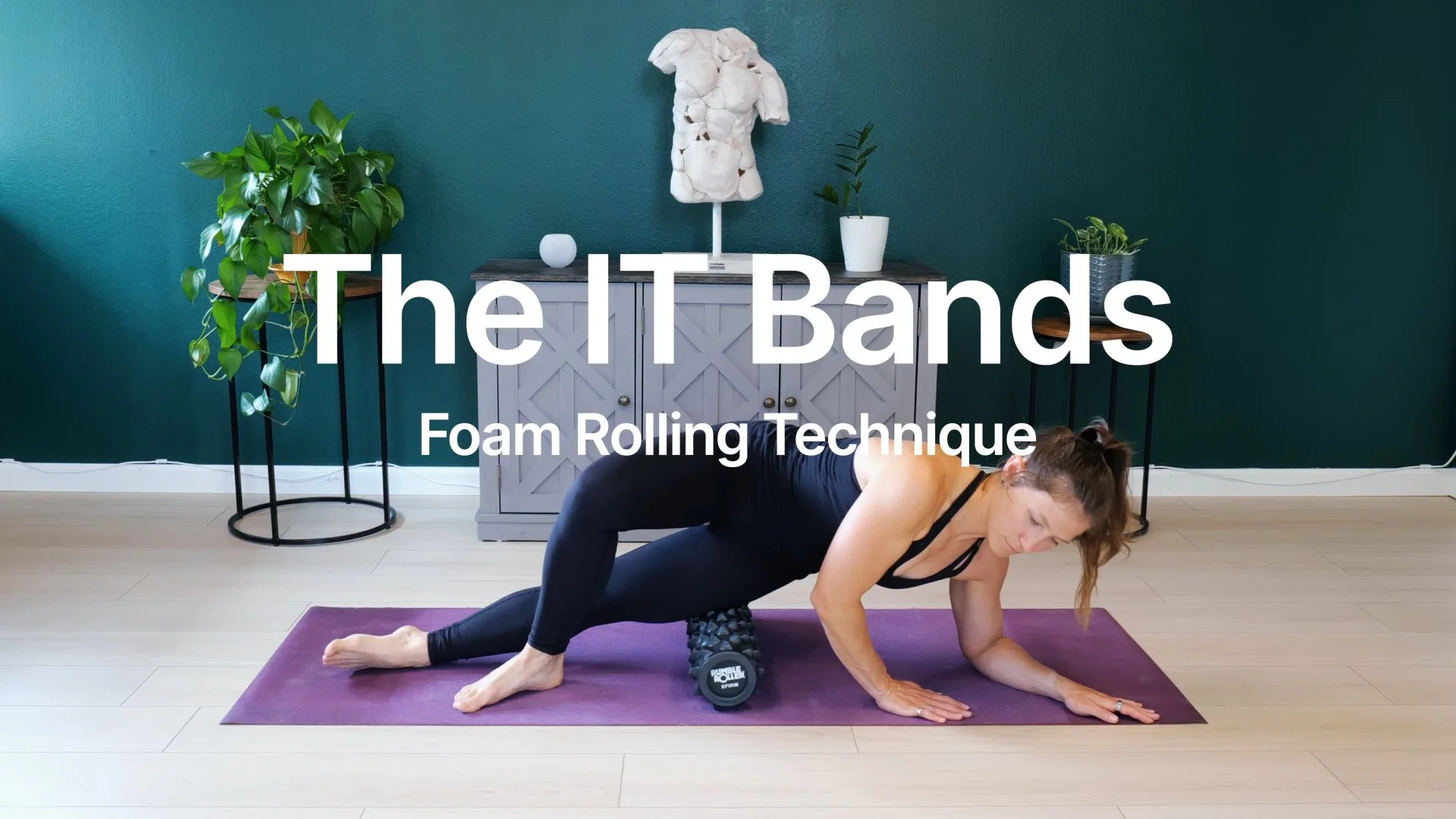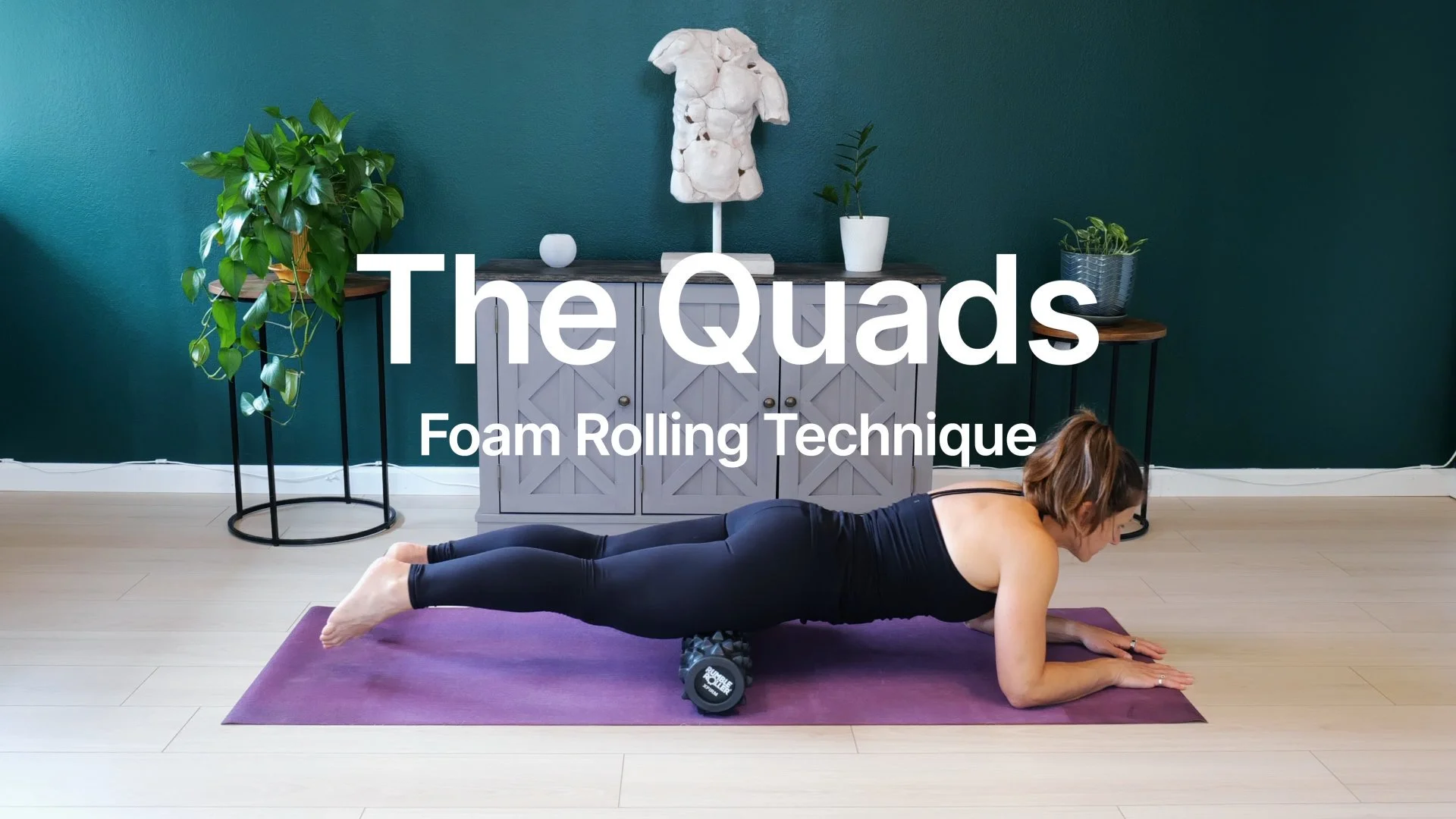Sports Massage for Runners in Berkeley
Running demands a lot from your body. Every mile logged means thousands of foot strikes, each sending force up through your kinetic chain. This repetitive impact, while building fitness, also accumulates micro-trauma that can develop into the injuries that sideline you.
At Verdure Sports Massage, we work with everyone from casual joggers to Boston qualifiers, helping Bay Area runners stay healthy, recover faster, and maintain consistency in their training.
Understanding Running Injuries and Imbalances
Running is simple in concept but complex in its biomechanical demands.
Here's what we commonly see and treat:
-
IT Band Syndrome
Sharp pain on the outside of your knee often gets blamed on the IT band, but the band itself doesn't actually "release." The real issue involves the structures underneath getting compressed. We focus on:
- Releasing the TFL (tensor fasciae latae) where the IT band originates
- Working the vastus lateralis that lies beneath
- Addressing hip weakness that causes the problem initially
-
Plantar Fasciitis
Morning heel pain that makes those first steps painful indicates angry plantar fascia. The real culprits are usually:
- Locked calves pulling on the fascia
- Weak foot intrinsics unable to support your arch
- Compensation from old ankle injuries
- Hip weaknesses causing overstriding
-
Runner's Knee (Patellofemoral Pain)
When your kneecap doesn't track properly, every step can hurt. We address:
- Quad imbalances affecting patellar tracking
- Hip external rotator weakness
- Tight lateral structures pulling the patella off track
- Calf restrictions affecting your gait
-
Shin Splints
Whether medial tibial stress syndrome or compartment tightness, shin pain disrupts training. We work on:
- Releasing the tibialis posterior and anterior
- Addressing the deeper compartments
- Improving ankle mobility
- Correcting overstriding patterns
-
Achilles Tendinopathy
That creaky, painful Achilles needs comprehensive work:
- Specific techniques to break up adhesions
- Eccentric loading education
- Addressing the often-missed soleus
- Examining your whole posterior chain
-
Hamstring Strains
High hamstring pain frequently troubles runners. We target:
- The hamstring-glute connection
- Sciatic nerve mobility
- Core stability issues
- Identifying re-injury patterns
Timing Your Massage for Optimal Performance
-
Training Cycle Maintenance
- Weekly Mileage Under 20: Monthly massage keeps you healthy
- 20-40 Miles/Week: Every 2-3 weeks during build phases
- 40+ Miles/Week: Weekly during peak training
-
Pre-Race Preparation
- 1 Week Before: Lighter work to enhance circulation without creating soreness
- 3-4 Days Before: Final tune-up focusing on problem areas
- Day Before: Not recommended - save massage for after
-
Post-Race Recovery
- 24-48 Hours After: Gentle flushing work
- 3-7 Days After: Deeper work to address race damage
- 2 Weeks After: Full deep tissue to reset patterns
-
Injury Recovery Phases
- Acute Phase: Light work around the injury
- Subacute Phase: Direct work with PT approval
- Return to Running: Maintenance to prevent re-injury
What Happens During Your Running Massage
-
Initial Assessment
We start by going over your detailed intake form and observing movement concerns. We'll discuss which muscles are overworking and which have become inhibited. We’ll ask:
- When the pain started, if there’s any
- What makes it better or worse
- Your activity level and goals
- Previous injuries or surgeries
-
The Treatment Protocol
A systematic approach to common running patterns:
Lower Leg Complex
- Detailed calf work separating gastrocnemius and soleus
- Peroneal release for lateral stability - Tibialis posterior for arch support
- Foot intrinsics that rarely get attention
- Plantar fascia using specific tools
Upper Leg Focus
- Quad separation work
- IT band syndrome protocol
- Deep hip flexor release
- Hamstring work including sciatic nerve mobility
- Adductor/groin maintenance
Hip & Glute Complex
- Glute max for power
- Glute medius for stability
- Deep six hip rotators
- TFL and fascial connections
- Hip flexor release for stride length
Core & Back Integration
- QL (quadratus lumborum) for lateral stability
- Spinal erector balance
-
Post-Session Education
We'll discuss:
- Which areas need the most attention
- Foam rolling techniques specific to your patterns
- How often to schedule sessions based on your training load
- What to expect in terms of recovery
Why Bay Area Runners Choose Verdure
We Understand Running
Our approach combines:
- Traditional deep tissue techniques
- Current research on fascia and movement
- Understanding of running biomechanics
- Real-world training experience
Convenient Berkeley Location
Located at 1172 San Pablo Ave #200A:
15 minutes from downtown Oakland
Easy access from I-80 or San Pablo Ave
Free parking in our building’s lot
Real Results
Our clients regularly report:
- Running pain-free after months of frustration
- Completing races they thought they'd have to skip
- Faster recovery between training runs
- Finally understanding why certain pains kept returning
- Getting back to mileage they'd given up on
Recovery at Home
Extend the benefits of your sports massage with targeted foam rolling. Check out these running-specific techniques:
Common Questions from Bay Area Runners
How is sports massage different from regular massage?
Sports massage is outcome-focused. We specifically target adhesions, imbalances, and movement restrictions that affect your running. The work is more intense but more effective for performance and injury prevention.
Should I run before or after my massage?
For maintenance work: Run easy before your appointment as warm muscles respond better. For injury treatment: Skip the run for accurate assessment. Avoid hard training immediately after deep work.
Can massage help me run faster?
By improving range of motion, reducing compensations, and keeping you healthy enough to train consistently, massage supports the training that makes you faster. Consistency in training beats everything.
How do I know if I need massage versus physical therapy?
Often you benefit from both. Physical therapy addresses movement patterns and strength deficits. Massage handles the soft tissue restrictions that limit those movements. We work with many local PTs and can refer if needed.
Is it normal to be sore after sports massage?
Yes, for 24-48 hours. You should feel "worked on" but not injured. Drink water, move gently, and the soreness transitions to improved movement. Extended soreness means we'll adjust depth next time.
Do you work with ultra runners?
Absolutely. Ultra running creates unique challenges including accumulated fatigue patterns, nutritional inflammation, extreme compensation patterns, and combined mental/physical recovery needs. We adjust our approach for your distance demands.
Can massage prevent running injuries?
Regular maintenance massage helps identify problems before they become injuries, maintain tissue quality through training, improve recovery between hard efforts, and keep your body balanced despite repetitive stress. Think of it as changing your car's oil: prevention costs less than repair.
Ready to Run Pain-Free?
Whether you're building toward your first 5K or your fifteenth marathon, your body deserves professional care. Stop hoping pain goes away. Stop skipping runs. Stop settling for survival shuffles.
Serving Berkeley, Oakland, Emeryville, Albany, and the greater East Bay. Professional massage therapy that delivers real results.
Verdure Sports Massage has been helping Bay Area athletes and professionals resolve running-related pain. Located in Berkeley with easy access from throughout the East Bay.







